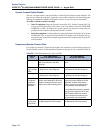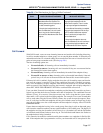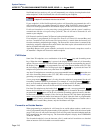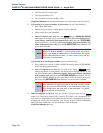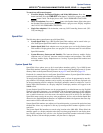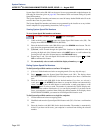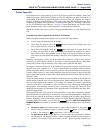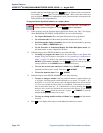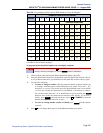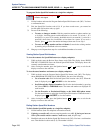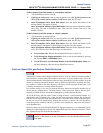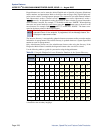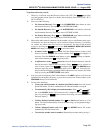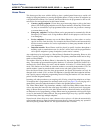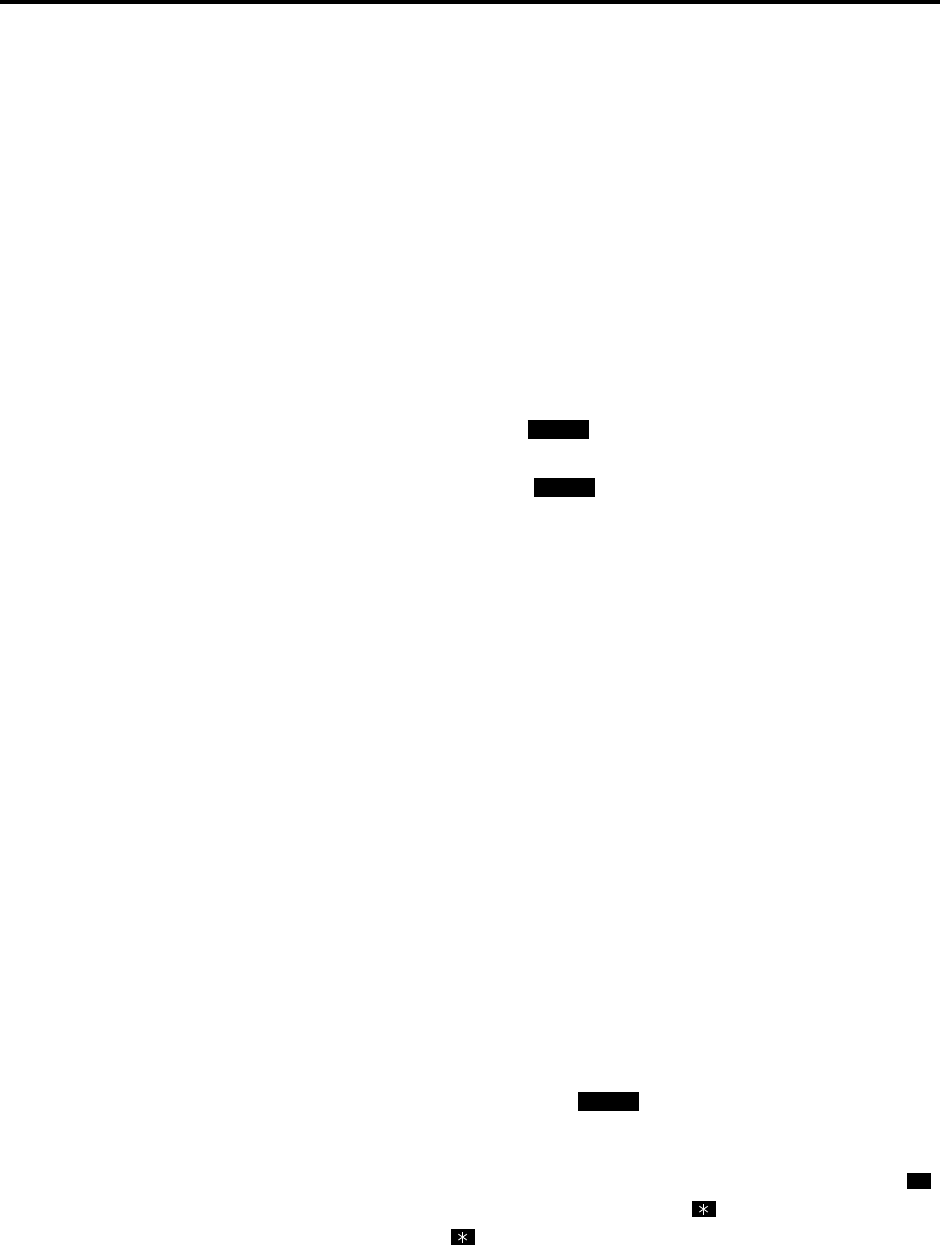
System Features
INTER-TEL
®
CS-5200/5400 ADMINISTRATOR GUIDE, ISSUE 1.1 – August 2005
Station Speed Dial
Page 223
Station Speed Dial
Each endpoint user can program up to ten 16-digit Station Speed Dial numbers. Single line
endpoints use Speed Dial location codes (0–9). Inter-Tel endpoints use Speed Dial buttons, if
programmed in the Inter-Tel endpoint keymap, or location codes 0–9. Together, the lamps in
the Inter-Tel Station Speed Dial buttons create a busy lamp field that indicates the status of the
endpoints programmed under the buttons, as summarized in Table 13, “Flashing Light Indica-
tors for IP and Multi-Protocol Phones,” on page 87. Speed Dial buttons can contain outside
phone numbers, feature codes, extension numbers, or hunt group pilot numbers.
Station Speed Dial codes can be stored in user-programmable buttons to create Speed Dial but-
tons.
Programming Station Speed Dial Numbers and Names
When entering the outside phone numbers, use one of the following methods:
• Use the dialpad to manually dial the number.
• On an Inter-Tel endpoint, press the button to enter the last number (up to the
first 16 digits) dialed or saved at the endpoint.
• On an Inter-Tel endpoint, press the button and enter the System Speed Dial
location code (000–999) to store one of the System Speed Dial numbers in a Station
Speed Dial location. If the number is over 16 digits, only the first 16 digits are stored.
Non-display System Speed Dial numbers cannot be stored in Station Speed Dial loca-
tions.
If desired, outside phone numbers can be preceded with a trunk access code to allow one-but-
ton dialing of outside phone numbers. For example, a button programmed with “89619000”
would select a trunk using the Outgoing Calls feature code (8) then dial 961-9000.
An endpoint extension number can be preceded with a pound (#) to always speed dial private
intercom calls to the endpoint. Or, a “4” may be entered before an endpoint extension number
or hunt group pilot number to reverse transfer (pick up) calls from that endpoint or hunt group.
If either of these options is used, normal handsfree intercom calls cannot be placed using that
Station Speed Dial location or Speed Dial button and the Speed Dial button will not show the
endpoint’s status.
An outside phone number can be preceded by a trunk access code for easier trunk selection and
number dialing. Endpoint users can also program pauses and/or hookflashes (recalls in Europe)
into the stored outside phone numbers. For example, the number can contain a specialized
common carrier (SCC) local number, a pause, and an access code. When programming Speed
Dial numbers, each hookflash and each pause is considered one digit. The durations of the
hookflash and the pause are determined by the programmable CO Hookflash and Pause Dial-
ing Digit Length timers.
Display endpoint users can program an associated name for each Station Speed Dial number.
Speed Dial names can contain up to 16 characters. To program Speed Dial names, dialpad but-
tons are used to enter the desired letters, numbers, and punctuation in English, Spanish and/or
Japanese (Katakana). Only digital display phones can display Japanese characters. When pro-
gramming Speed Dial names, you can press the button or
USE ALPHA MODE/USE
NUMERIC MODE
menu button to switch back and forth between alphanumeric and numeric
mode.
• In numeric mode, the dialpad buttons are used to enter numbers 0–9, the pound ( )
button is used for entering a hyphen (-), and the asterisk ( ) button is used for entering
a colon (:). For example, 1
00 would enter “1:00” in numeric mode.
• In alphanumeric mode, dialpad buttons are used to enter the desired letters, numbers,
and punctuation. The number of times a button is pressed determines which character is
entered. For example, 533266 would enter “JEAN.” When adjoining characters are
REDIAL
SYS SPD
L
MSG
#




